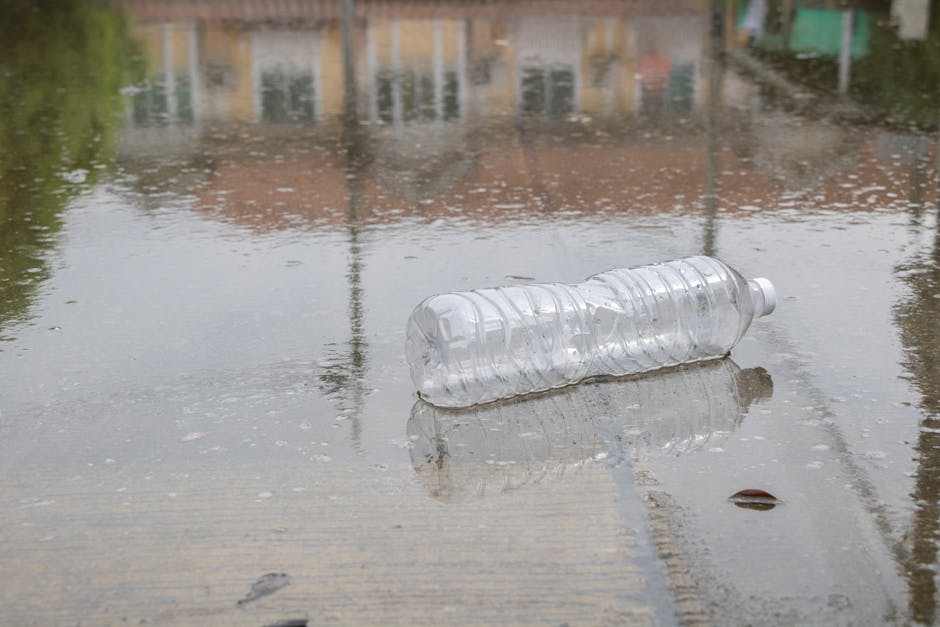As winter approaches, ski resorts worldwide are preparing to welcome visitors, often relying on artificial snowmaking to ensure optimal conditions. While this technology delights skiers, environmentalists express concerns about its ecological impact.
The Rise of Artificial Snowmaking

Ski resorts have increasingly turned to artificial snowmaking to maintain reliable slopes amid unpredictable weather patterns. This process involves using machines to spray water and compressed air, creating snow when natural conditions fall short. For skiers, this means extended seasons and more consistent skiing conditions which bolster tourism and local economies.
Artificial snow has been instrumental in areas where climate change results in warmer winters and insufficient natural snowfall. By ensuring a blanket of snow, resorts can plan events and welcome guests with fewer disruptions, sustaining a steady stream of visitors throughout the season.
Environmental Concerns and Water Usage

Despite its benefits, artificial snowmaking is resource-intensive. Environmentalists are particularly concerned about the significant water usage required. For example, making snow for a medium-sized ski area can use up to 500,000 gallons of water in a single winter season. This can put a strain on local water resources, especially in regions already facing scarcity.
The source and treatment of this water also raise ecological concerns. Often drawn from natural sources, the redirection of water may impact local ecosystems. Environmentalists argue for stricter regulations and sustainable practices to mitigate such impacts, urging ski resorts to balance economic benefits with ecological preservation.
Energy Consumption and Carbon Footprint

The energy demands of snowmaking machines contribute to the carbon footprint of ski resorts. Operating continuously during the peak season, these machines rely heavily on electricity, which could be sourced from fossil fuels, further contributing to greenhouse gas emissions.
Resorts are exploring renewable energy options and more efficient technologies to reduce their environmental impact. By investing in solar panels or hydropower, some resorts aim to lower their carbon emissions, making their operations more sustainable and attracting environmentally conscious visitors.
Solutions and Innovations

To address these challenges, innovation plays a crucial role. Advances in snowmaking technology promise to improve efficiency, reducing both water and energy consumption. Newer machines can produce more snow with less resource input, which is a welcome development for both resorts and environmental advocates.
Additionally, resorts are exploring alternative methods like cloud seeding to enhance natural snowfall. These techniques, combined with improved artificial snowmaking, could pave the way for a more sustainable ski industry. Collaboration between engineers, environmentalists, and resort operators is essential to adopt these innovations effectively.
In conclusion, while artificial snowmaking is a boon for the skiing industry, it poses significant environmental challenges that must be addressed. By embracing sustainable practices and innovations, ski resorts can ensure their future viability while minimizing ecological impact. As stakeholders work together, a balance between winter tourism and environmental stewardship can be achieved.





